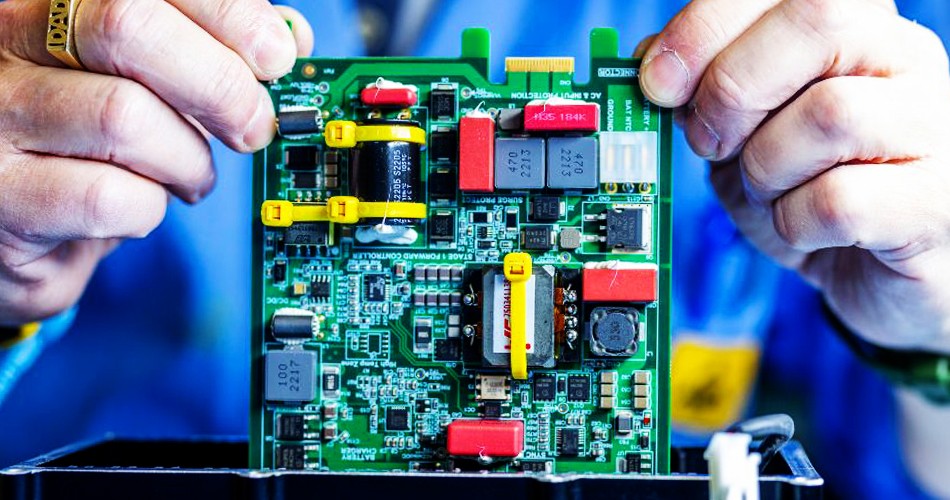- English
- Español
- Português
- русский
- Français
- 日本語
- Deutsch
- tiếng Việt
- Italiano
- Nederlands
- ภาษาไทย
- Polski
- 한국어
- Svenska
- magyar
- Malay
- বাংলা ভাষার
- Dansk
- Suomi
- हिन्दी
- Pilipino
- Türkçe
- Gaeilge
- العربية
- Indonesia
- Norsk
- تمل
- český
- ελληνικά
- український
- Javanese
- فارسی
- தமிழ்
- తెలుగు
- नेपाली
- Burmese
- български
- ລາວ
- Latine
- Қазақша
- Euskal
- Azərbaycan
- Slovenský jazyk
- Македонски
- Lietuvos
- Eesti Keel
- Română
- Slovenski
- मराठी
- Srpski језик
Production process in PCBA processing
2024-08-15
PCBA processing refers to the process of processing the original printed circuit board (PCB) into a finished circuit board assembly (PCBA). This process involves multiple links and technologies. The production process in PCBA processing will be described in detail below.

1. PCB manufacturing
The first step in PCBA processing is to manufacture the original printed circuit board (PCB). This process includes:
Design and layout: Design the layout and line connection of the PCB board according to the circuit requirements.
Manufacturing PCB boards: Manufacture conductive PCB boards through processes such as chemical etching, punching, and coating conductive layers.
Inspection and testing: Inspect and test the manufactured PCB boards to ensure quality and meet design requirements.
2. Component procurement and management
In PCBA processing, various components need to be purchased, including chips, resistors, capacitors, etc. This process includes:
Component selection: Select appropriate components according to design requirements, including brand, model and parameters.
Procurement and inventory management: Purchase components, and manage and track inventory to ensure sufficient supply and controllable quality.
3. Component mounting
Component mounting is one of the key steps in PCBA processing, which mainly includes the following processes:
SMT patch: Use surface mounting technology (SMT) to mount small components on the PCB board, including chips, resistors, capacitors, etc.
Plug-in welding: Use plug-in welding technology for large or special components to ensure that the welding is firm and reliable.
4. Soldering process
The welding processes in PCBA processing include:
Wave soldering: Use a wave soldering machine to perform wave soldering on the mounted components to ensure firm welding and reliable connection.
Reflow soldering: Use reflow soldering technology for specific components or welding processes to ensure welding quality and electrical performance.
5. Testing and quality control
The testing and quality control links in PCBA processing are very important, including:
Functional testing: Perform functional testing on the already soldered PCBA to ensure the normal operation of various functions.
Electrical performance testing: Perform electrical performance testing on PCBA, including testing of parameters such as voltage, current, and impedance.
Quality control: Through strict quality control processes, ensure that each link meets standards and requirements.
6. Finished product assembly and packaging
The last step is to assemble the PCBA that has passed testing and quality control into a finished circuit board, including:
Assembly: Assemble the PCBA with the shell, connecting wires, etc. into a finished circuit board.
Packaging: Pack the finished circuit board, including anti-static packaging, shockproof packaging, etc., to ensure that the product is not damaged during transportation and use.
In summary, the production process in PCBA processing involves multiple links and technologies, including PCB manufacturing, component procurement and management, component mounting, welding process, testing and quality control, finished product assembly and packaging, etc. Through strict processes and quality control, the quality and stability of PCBA processed products can be ensured to meet customer needs and requirements.
-
Delivery Service






-
Payment Options









